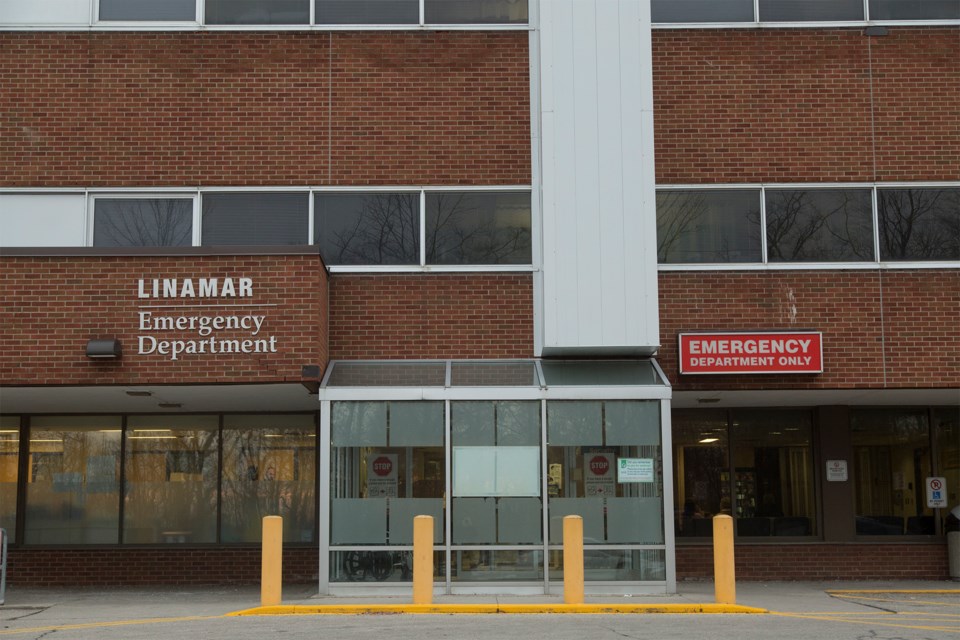The rate of opioid-related visits to the hospital emergency department in Guelph almost doubled last year.
A report by Wellington Dufferin Guelph Public Health said Guelph had 74.6 opioid-related visits to the emergency department per 100,000 population in 2017.
In 2016 the rate was 37.6 visits per 100,000 and 10 years ago the rate was 26.5.
Guelph’s numbers for 2017 were 37 per cent higher than the provincial average.
Opioid-related deaths in Wellington Dufferin Guelph were also up significantly, from 4.6 per 100,000 population in 2016 to 8.1 in 2017.
“Across the province overdose and death related to opioid use has been increasing steadily,” states the report.
“Opioid-related harms are continuing to impact WDG (Wellington Dufferin Guelph) and the Province of Ontario as a whole. From 2016 to 2017, every region of WDG experienced an increase in opioid-related ED visits and mortality.”
Overall across the province, the rate of opioid-related emergency room visits in 2017 increased 42 per cent over the previous year.
Wellington County and Dufferin also experienced increases, but nowhere near those experienced in Guelph..
The data was also tracked by neighbourhood, based on addresses provided at the emergency department.
Downtown Guelph, the Two Rivers and Exhibition Park neighbourhoods were where most of the patients resided.
Earlier this year Public Health established a new “early warning system” for opioid-related harms which includes nine community organizations and partners close to the issue.
Those groups share information online through a survey system about overdoses and serious negative drug use reactions aimed at helping reduce the number of emergencies.
They also implemented a shared alert system.
“WDGPH anticipates this will help to identify and share information about new patterns of overdoses including possible local tainted drug supplies, or counterfeit pharmaceuticals,” the report says.
Weekly reports are shared and an “alert” system where partner agencies can spread the word about possible situations their clients should be aware of, such as tainted drug supplies.
The full Public Health report can be read here.
